Why Do We Celebrate Presidents Day?
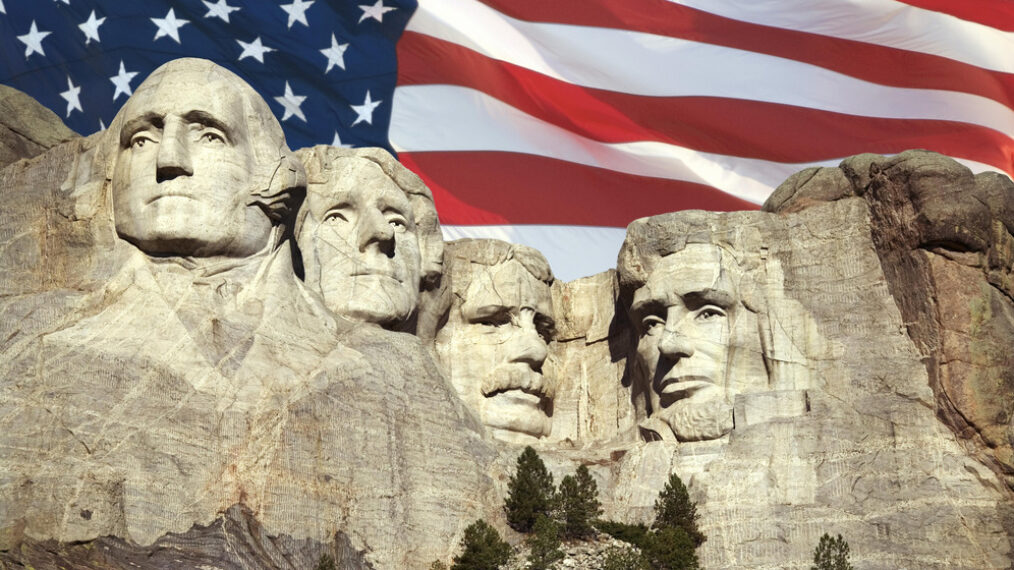
Many people associate Presidents Day with a day off of work or big sales, but few have probably stopped to think about what the day actually means and why it is celebrated. Each year, the holiday falls on the third Monday of every February and is meant to honor the presidents of the United States, past and present. However, it didn’t start out that way. It was introduced in the late 1800s to honor our first president, George Washington, who passed away in 1799.
Back then, it was just called Washington’s Birthday and was celebrated on his birthday, February 22. For several years, it was more of an unofficial holiday until Senator Stephen Wallace Dorsey of Arkansas proposed that it should be made into a federal holiday. President Rutherford B. Hayes signed it into law in 1879.
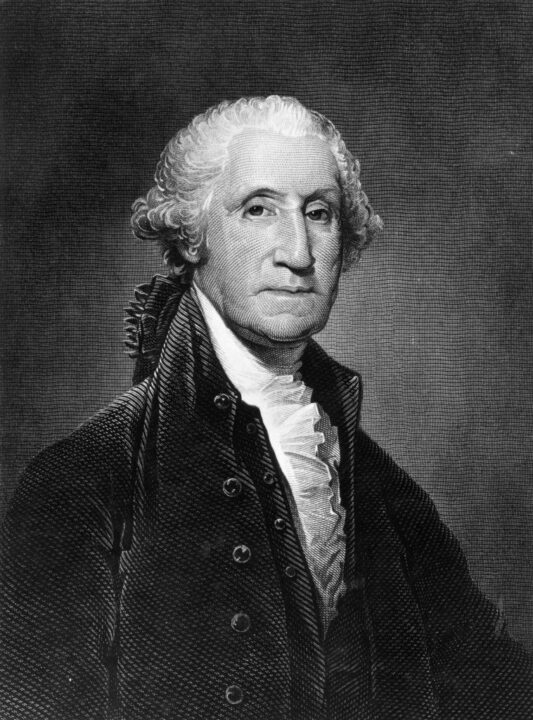
Engraving by C Burt/Photo by Hulton Archive/Getty Images
It wasn’t until the late 1960s that the day would morph from celebrating just Washington to more presidents. Congress proposed a measure known as the Uniform Monday Holiday Act, started by Senator Robert McClory of Illinois. They wanted to change several holidays to fall on Mondays to give workers three-day weekends and help boost retail sales. At first, the act proposed that it combine Washington’s birthday celebration with Abraham Lincoln.
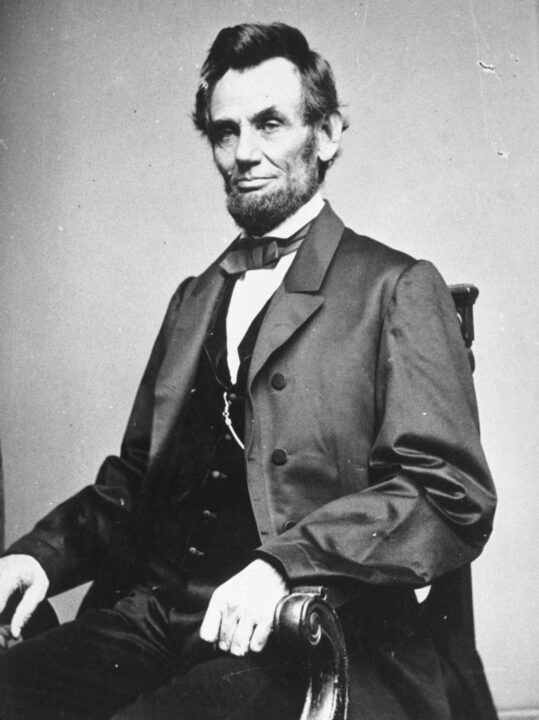
National Archives/Newsmakers/Getty Images
The main part of the act passed in 1968 and took effect in 1971, shifting the holiday from February 22 to the third Monday of February. One of the reasons that President Lyndon B. Johnson signed the act was to enable Americans another long weekend to travel and see more of the beauty of the United States, especially historical places like the Washington Monument and Mount Rushmore. It was then marketers who helped to change the holiday name from Washington’s Birthday to Presidents Day. Since the holiday now honored both Washington and Lincoln and gave many workers the opportunity of a three-day weekend, stores around the country began calling it Presidents Day and sharing some big sales, hoping to get people off work to come in and shop. By the ’80s, most people now called it Presidents Day and by the 2000s, most states changed the holiday officially to Presidents Day on calendars.
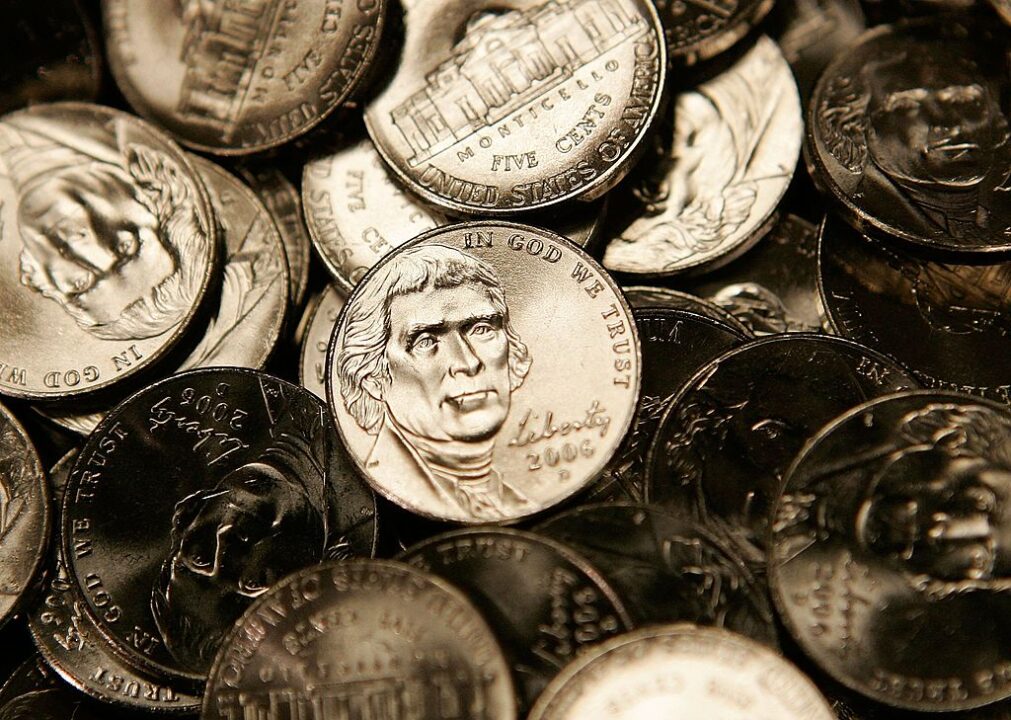
Alex Wong/Getty Images
While some argue that the day was supposed to honor just one or two of our early leading men, some believe we should look at the accomplishments of all presidents on this day. Many schools now require teaching about presidents in the days leading up to Presidents Day. While it is, of course, a great day to relax, get some well-deserved time off, and maybe even do a little shopping, you could also take a minute to learn something new about a president today too. Tell us, who was your favorite president, or share a fun fact you know about a past president!
We will get you started with an interesting fact! Did you know that President Ulysses S. Grant was once arrested for speeding in a horse-drawn carriage? He had to pay $20 to get out of it in the late 1800s, which would equate to around $500 today!
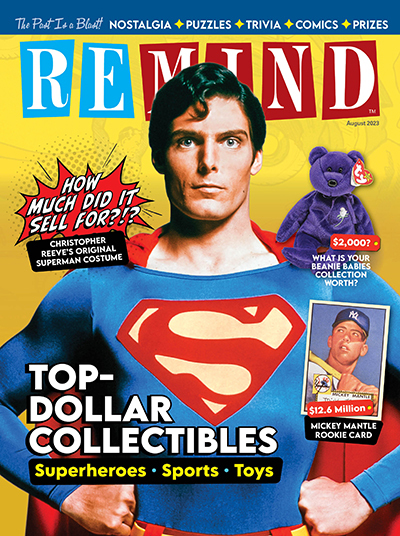
Top Dollar Collectibles
August 2023
Find the most valuable — and fun — keepsakes in the worlds of sports, toys and superheroes
Buy This Issue